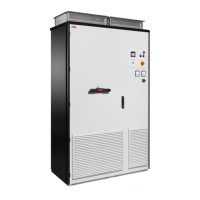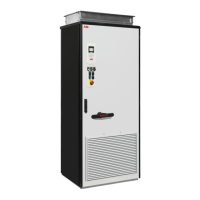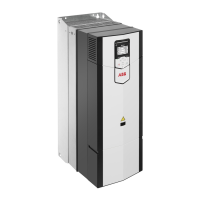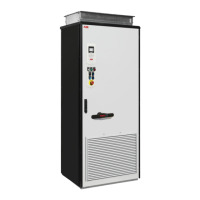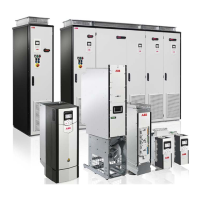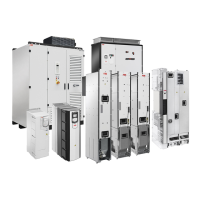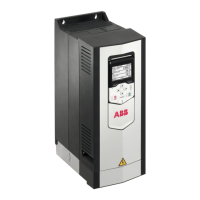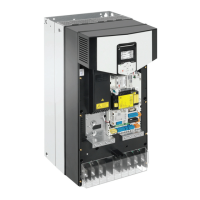WARNING!
When the DTC motor control mode is in use, never open the output contactor
while the drive controls the motor. The DTC motor control operates extremely
fast, much faster than it takes for the contactor to open its contacts. When the
contactor starts opening while the drive controls the motor, the DTC control will
try to maintain the load current by immediately increasing the drive output voltage
to the maximum. This will damage, or even burn the contactor completely.
Implementing a bypass connection
If bypassing is required, employ mechanically or electrically interlocked contactors
between the motor and the drive and between the motor and the power line. Make sure
with interlocking that the contactors cannot be closed simultaneously. The installation
must be clearly marked as defined in IEC/EN/UL 61800-5-1, subclause 6.5.3, for
example, “THIS MACHINE STARTS AUTOMATICALLY”.
WARNING!
Never connect the drive output to the electrical power network. The connection
may damage the drive.
Protecting the contacts of relay outputs
Inductive loads (relays, contactors, motors) cause voltage transients when switched off.
The relay contacts on the drive control unit are protected with varistors (250 V) against
overvoltage peaks. In spite of this, it is highly recommended that inductive loads are
equipped with noise attenuating circuits (varistors, RC filters [AC] or diodes [DC]) to
minimize the EMC emission at switch-off. If not suppressed, the disturbances may
connect capacitively or inductively to other conductors in the control cable and form a
risk of malfunction in other parts of the system.
Install the protective component as close to the inductive load as possible. Do not install
protective components at the relay outputs.
80 Guidelines for planning the electrical installation

